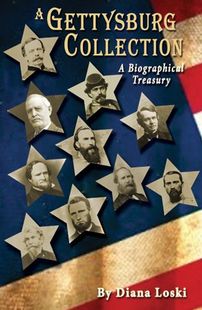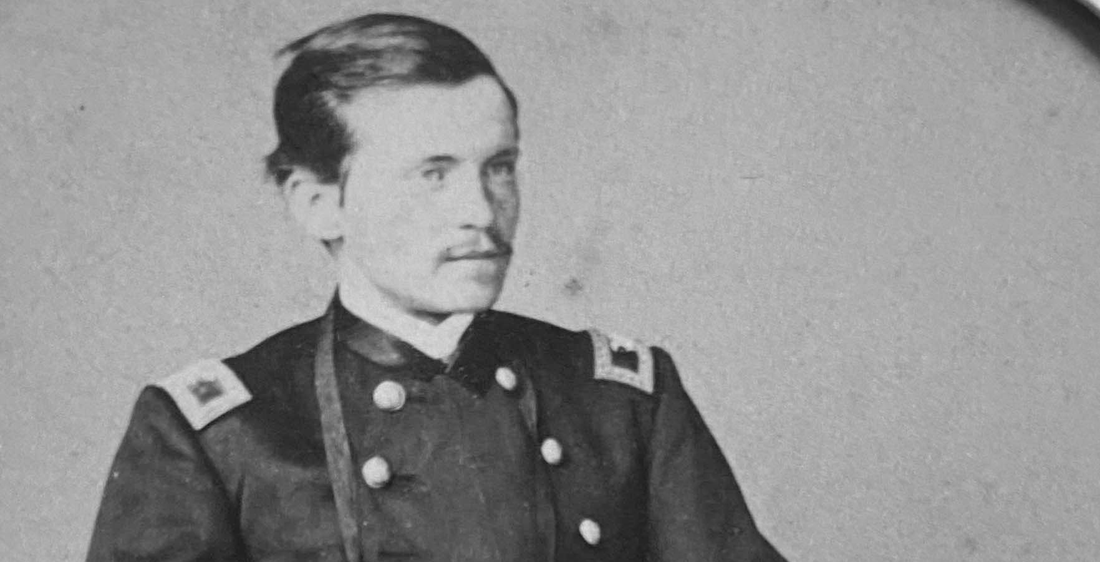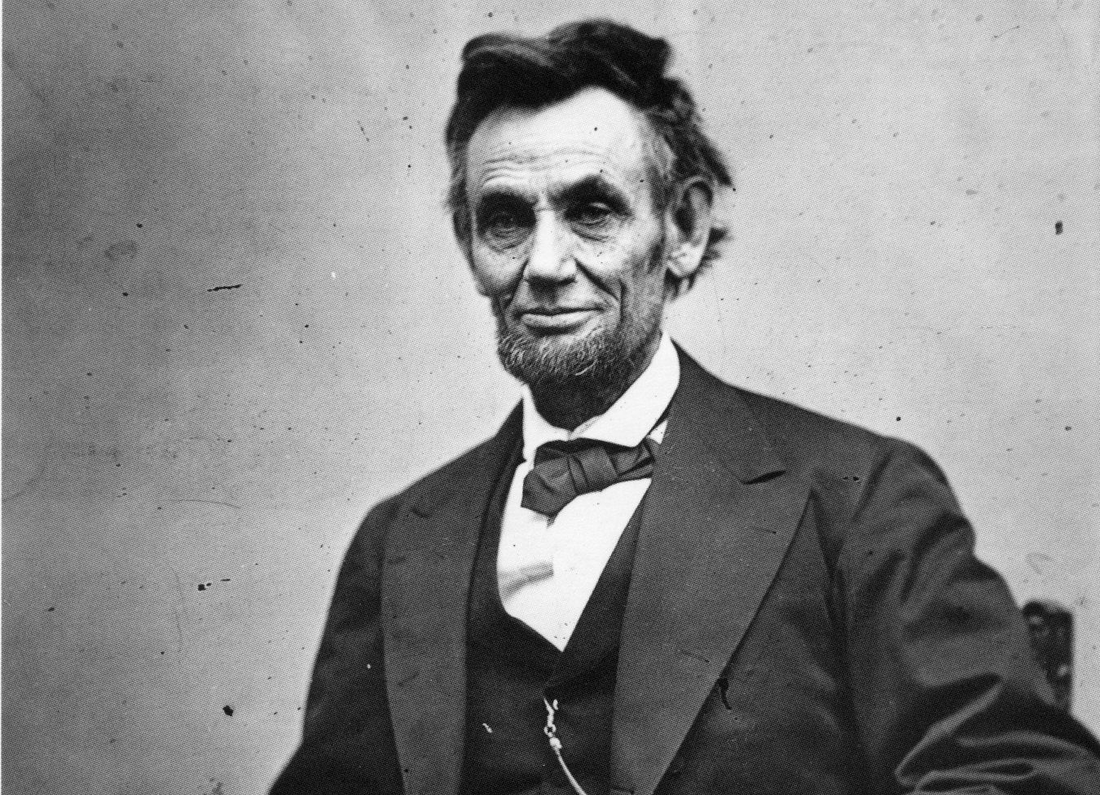This Month's Headlines:
Editor's Letter
As the holiday season approaches and Remembrance Day draws near, at The Gettysburg Experience we bring you another issue with articles of historical interest and our updated Calendar of Events, beginning on page 11.
Sometimes the most unusual things happen in times of war. Read about one of them in An Autumn Surprise, found on page 19. Read More >
So many deaths, casualties, and missing soldiers were the result of the Battle of Gettysburg, that legions of worried family members came to town to search for their loved ones. A couple from Allegheny County, Pennsylvania made the trip to Gettysburg several days after the battle, hoping to find their son, who was listed as one of the missing.
They spent days searching through field hospitals without success. Finally procuring help from a local citizen, they scoured the battlefield, hoping against hope to find him. After much difficulty, they learned that a body had surfaced near the spot where their son had been involved in the fighting. The parents soberly gave a description, and it appeared that the slain soldier matched that of their son. The parents were called over to the spot, and they viewed the remains. In spite of the decomposition, the hair, stature, and facial features were enough like their son to cause them to identify the slain soldier as their loved one. They claimed the remains and sorrowfully took the body home, where he was buried in the family graveyard. >Read More
General Charles Collis: "So Positive a Character"
The Soldiers National Cemetery at Gettysburg was the first of all U.S. National Cemeteries in the world, dedicated on November 19, 1863 while it was yet incomplete. It stands today as the model of remembrance for all who risked – and gave – the supreme sacrifice for the United States.
From the Civil War through both World Wars and beyond, Gettysburg’s National Cemetery houses the remains of thousands. Some who survived war and wished their interment among those who fought with them are also laid to rest there. Among them is the highest ranking general in the National Cemetery, whose grave is found among the Pennsylvania slain from the Battle of Gettysburg. He was one of the more fortunate who lived until the beginning of the twentieth century. At his death, his final wish was to have his grave among those of his cherished 114th Pennsylvania Infantry. He was Brevet Major General Charles H.T. Collis. >Read More
It wasn’t by accident that the Gettysburg Address was so short. The laws of prose writing are as immutable as those of flight, of mathematics, of physics.
(Ernest Hemingway)
Someone like Abraham Lincoln comes along once in a century – or perhaps even longer.
One biographer named him “an orator of immortal fame…the most honored and respected man of his generation.”1
At the centennial of Lincoln’s birth in 1909, someone who lived on the other side of the world proclaimed of him that, “His supremacy expresses itself altogether in his peculiar moral power and in the greatness of his character. Washington was a typical American, Napoleon was a typical Frenchman, but Lincoln was a humanitarian. He was much bigger than his country – bigger than all the Presidents together.” The man who said those words was the writer and activist Leo Tolstoy, uttered to another during the last months of his own life in Russia. Over a century later, the fame of Lincoln proves that Tolstoy’s opinion carries weight. But why?2 >Read More
The Books

A Gettysburg Collection,
A Biographical Treasury
By Diana Loski
Diana Loski is the editor of The Gettysburg Experience magazine. For the Civil War enthusiasts, for the visitor passing through, or for the long-time Gettysburg resident, this book will capture the essence of this unique and wonderful, and sometimes tragic, place known to the world as the Borough of Gettysburg.
$12.00 plus $4.50 S&H
Books are available for purchase
by calling
717-359-0776.
About Us

The Gettysburg Experience magazine, a publication exploring the Gettysburg of yesterday and today. We offer an array of interesting articles – most of which have a direct relation to historic Gettysburg from the Colonial era through the turn of the 21st century, often with an emphasis on the famous battle that occurred in the summer of 1863.
The Gettysburg Experience also offers a comprehensive Events Calendar (for those who want to know what special happenings to attend when they visit – any time of the year), delicious recipes, Gettysburg trivia, profiles of people and area businesses.
Having served the Gettysburg area since 1997, The Gettysburg Experience extends our magazine to a wider circulation of readers, offering a glimpse into one of America’s most fascinating towns.
Our Latest Issue




